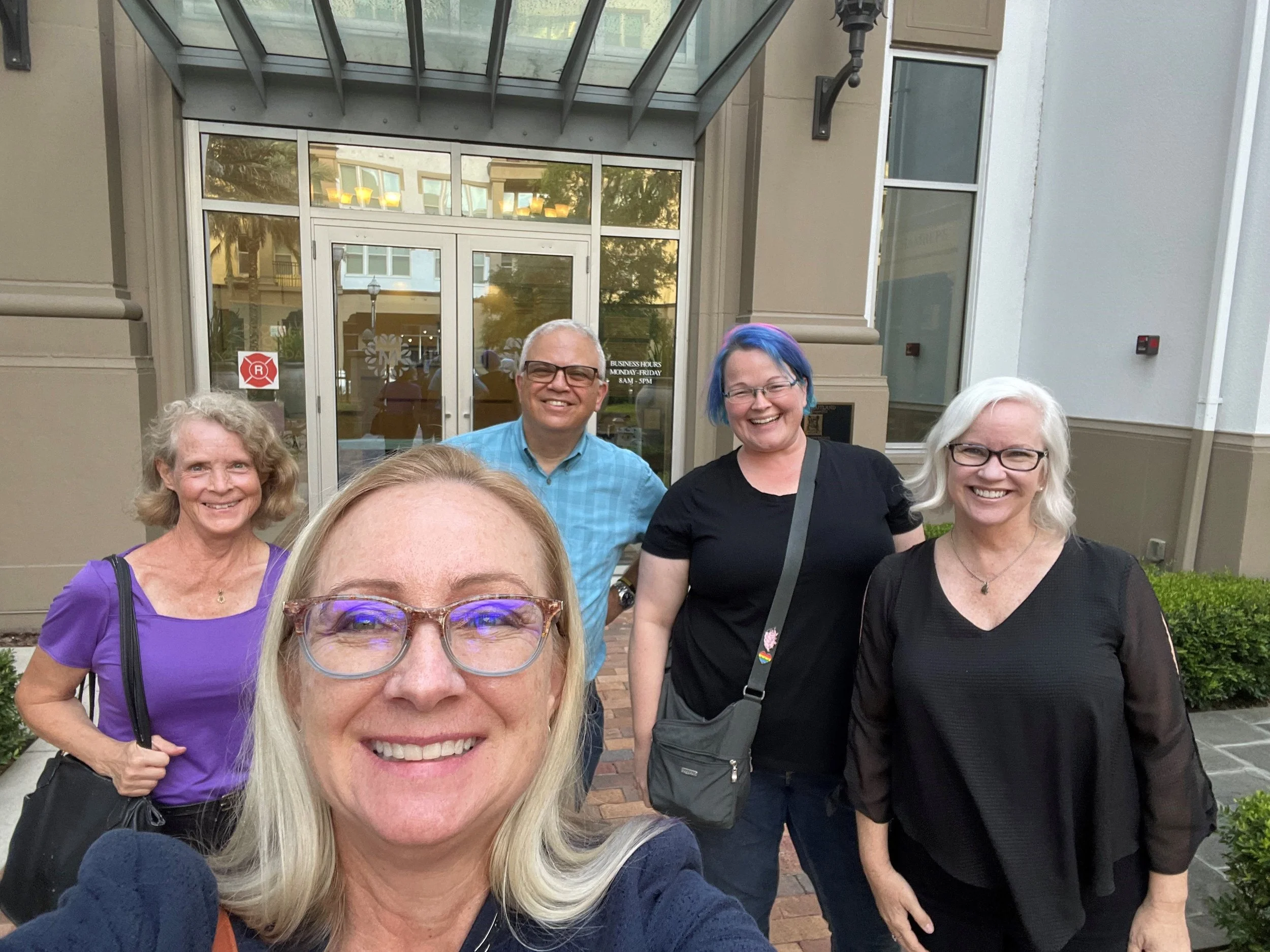Getting Started with Secular Invocations
1. Identify the local government meetings where you may want to offer invocations. Start close to home and where you have or need to build relationships.
2. Review the meeting agendas, minutes, or better yet, the videos, for the past year to identify if and how invocations are being offered. Not all venues put the prayer in the minutes, so you might want to stop by for a meeting and see for yourself.
3. Once you find an opportunity, check out their invocation policy.
It might be online, or you might have to contact the city or county clerk for that.
Email is fine, but a phone call is more personal if you’re up for it. You’ll probably want to create a relationship with the person answering this question because they might be the one tasked with finding invocators.
When you ask about invocations, they might just open the door for you to offer one. If so, take it, or ask for the next invocation opportunity. (Provided you are available.)
If you don’t hear back, follow up every couple of weeks until you do. Maybe even stop by or call again if they are unresponsive.
Review the policy. Understand who is eligible ro offer invocations. They might require a resident to do it or participants in a house of worship in the area to request an invocator. If they have an exclusive policy above or beyond a simple residency requirement, get legal advice from the AHA or others.
Understand how and when invocators are scheduled. Some may schedule once a year. You may have to wait and set a reminder on your calendar for next year.
Verify they are following their own policy. Sometimes they might not.
In the case of groups working on this instead of just one person, you might be able to find someone in the jurisdiction to offer the invocation.
4. Make the request at the appropriate time of year and in the appropriate manner. Then follow up until you are scheduled.
5. Once you’re on the calendar, make the invocation a social event (even if it’s just a few people).
Add this event to social calendars for the group on event platforms such as Meetup and Facebook. Promote as social events AND as activism through all your means of communication.
Arrive at the meeting 15 minutes early.
It is usually expected that the invocator will stay for the invocation and pledge. Then you are free to leave. Don’t forget to take a group picture outside.
For afternoon and evening invocations, go to dinner or drinks afterward.
If it is a morning event, meet early and go out for breakfast or coffee.
6. As the date gets close, maybe 1 or 2 weeks out, confirm with the clerk that you’re still scheduled.
7. When writing the invocation:
Hundreds ’s of examples are on the CFFC website. Stick to 60 to 90 seconds, but you can use past invocations or the instructions from the clerk as a guide.
An invocation is NOT a time to tell the officials that you think of their holiday display or lobby for anything. Stay off your soapbox or this may be the LAST invocation you give there.
Focus on Humanist values. Do that and you can’t go wrong.
Check to see if there is a particular proclamation to reference and/or local celebrities or historical figures to quote. Personalize the invocation to the event and consider recent events of note or tragedies that have the community's attention. Often prayers are said for victims or survivors, so it might be appropriate to acknowledge the events in a secular manner.
Use a proofreader!
8. When giving the invocation.
The person who offers the invocation does not have to be the person who wrote it. If your group knows a trusted person from the jurisdiction who is willing to provide the invocation, but doesn’t feel comfortable writing it, you can write it for them.
Dress to impress: ‘Invocator business casual’
Arrive at least 10 minutes early and meet the clerk or whomever is managing the meeting
Provide your name, organization, and title or anything else appropriate for an introduction. (This is when watching a few of the previous meetings helps. You’ll know how the process works.)
IMPORTANT: When you get confirmation of an invocation, and ideally before the day of the meeting, ask how the pledge of allegiance is led at the meeting. You may be expected to lead the pledge. If you don’t want to do that, just let the clerk know and they should handle it.
9. Once you’re finished, go out and have fun with the group and make everyone glad they came out to support the inclusion of Humanists and atheists getting involved in the community.




